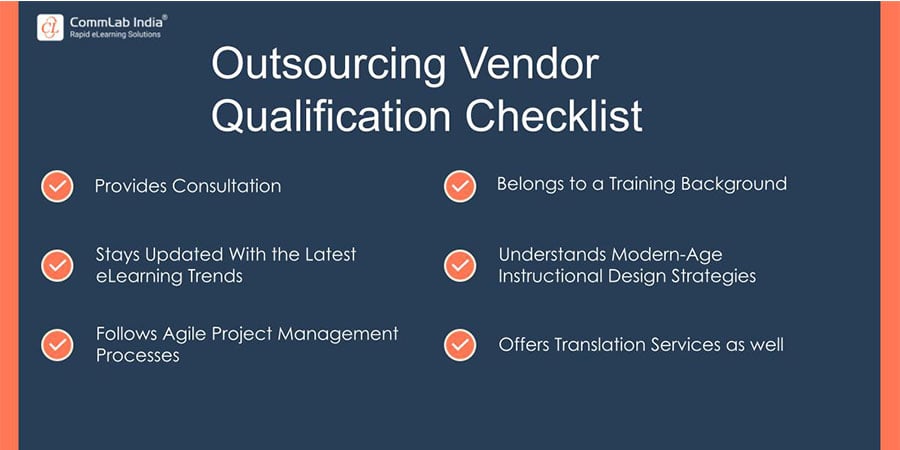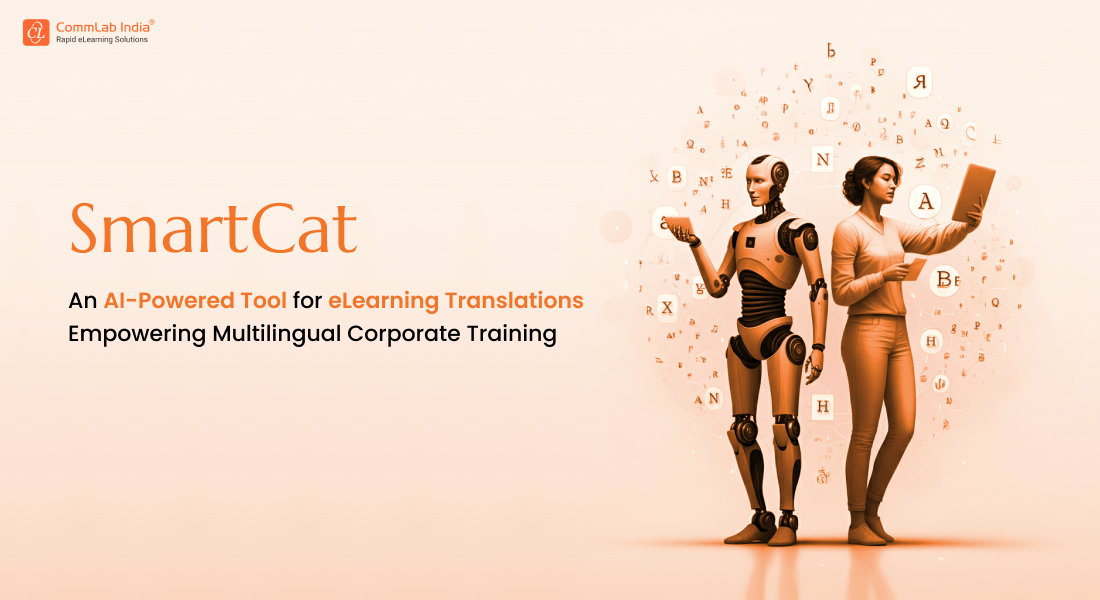A Roundup of 5 Popular AI Tools for eLearning Translations

Are you struggling to translate your eLearning content into multiple languages manually? Don't worry, you're not alone. Translating eLearning content can be a time-consuming and expensive task, but with the help of AI-powered tools, the process can be streamlined and made more efficient. In this blog post, we'll introduce you to five popular AI tools that can help you with eLearning translations.
Hard to Choose the Perfect AI Tool for eLearning Translations?
Here are a few popular ones to check out -
- Trados studio
- Google translate
- memoQ
- Smartcat
- DeepL
Top 5 AI Tools for eLearning Translations
1. Trados Studio
Trados Studio is a popular computer-assisted translation software that uses AI to help translators work faster and more accurately. It offers a range of features such as translation memory, terminology management, and quality assurance. SDL Trados can handle a wide range of file formats and supports over 200 languages, making it a versatile tool for eLearning translation. With its intuitive interface and powerful AI technology, SDL Trados is a great option for eLearning professionals who need to translate large volumes of content quickly and accurately.
2. Google Translate
Google Translate is a free translation tool that uses AI and machine learning to provide accurate translations. It can translate text, speech, images, and even websites, making it a versatile tool for eLearning translation. While Google Translate can be a helpful tool for getting a general idea of the meaning of a text, it's important to note that its translations may not always be accurate. Therefore, it's important to use Google Translate in conjunction with other translation tools to ensure the accuracy of your eLearning content.
→ Download Infographic Now: Are You Ready to Master eLearning Translations?
3. MemoQ
MemoQ is another popular computer-assisted translation tool that uses AI to improve the translation process. It offers features such as translation memory, terminology management, and quality assurance, making it a comprehensive tool for eLearning translation. MemoQ can handle a wide range of file formats and supports over 200 languages. With its intuitive interface and powerful AI technology, MemoQ is a great tool for eLearning professionals who need to translate large volumes of content quickly and accurately. Here are a few trends in eLearning translations to help you choose.

4. Smartcat
Smartcat is a cloud-based translation platform that uses AI to automate the translation process. It offers a range of features such as translation memory, terminology management, and project management, making it a comprehensive tool for eLearning translation. Smartcat can handle a wide range of file formats and supports over 100 languages. With its intuitive interface and powerful AI technology, Smartcat is a great option for eLearning professionals who need to translate large volumes of content quickly and efficiently.
5. DeepL
DeepL is a neural network-based translation tool that provides high-quality translations. It supports over 100 languages and uses AI to learn from its mistakes and improve its translations over time. DeepL's translations are often more accurate than those provided by other translation tools, making it a great option for eLearning professionals who need to ensure the accuracy of their content. With its intuitive interface and powerful AI technology, DeepL is a great tool for eLearning translation. However, it's important to note that DeepL is a paid tool, so it may not be suitable for all budgets.
How to Select the Best eLearning Translations Tool
Selecting the best AI-powered tool for eLearning translations is essential to ensure high-quality and efficient content localization. Here are five key points to consider when making your choice -
1. Accuracy and Quality of Translations
The accuracy of the AI tool's translations is paramount, especially in eLearning where the conveyance of information is critical. To assess this, conduct extensive quality testing using a variety of sample content. Look for tools that offer contextual understanding, as they can accurately interpret the meaning of phrases or idiomatic expressions. Additionally, consider tools that provide real-time feedback for users to validate or edit translations. AI models that have been trained on a vast corpus of content relevant to your field may also yield more precise translations.
2. Language Support and Multilingual Capabilities
The ability to support a broad range of languages is crucial for global eLearning initiatives. Evaluate the AI tool's language support by checking if it covers the languages you require, not only for content translation but also for user interfaces and navigation elements. Furthermore, some AI tools are proficient in translating between multiple languages within the same project, which can be a significant advantage for multilingual content creation and distribution. Also, if you are not doing things in-house and have a certain vendor to get your job done, here is a quick checklist to help you out -

3. Customization and Adaptability
Customization is essential to adapt translations to your specific eLearning needs. Look for AI tools that allow you to create and manage glossaries or style guides. These tools enable you to define and maintain a list of industry-specific terms or phrases that should be translated in a certain way, ensuring consistency in your content. The ability to fine-tune the AI's translations, either through direct editing or by providing feedback, can improve the adaptability of the tool to your content's nuances.
4. Efficiency and Scalability
The efficiency of an AI translation tool can significantly impact your content production timeline. Efficient tools can handle large volumes of content quickly, reducing the turnaround time for translation projects. Scalability is equally important, especially if your eLearning content is expected to grow. Make sure the tool can manage an increasing workload without compromising quality. Some AI-powered tools offer automatic batch processing, which can be a time-saving feature for larger projects.
5. Integration and User-Friendliness
Integration is crucial for seamless workflow. Ensure the AI tool can be easily integrated with your existing eLearning platforms or learning management systems. API support is beneficial for this purpose. User-friendliness is equally important; the tool should be accessible to both your content creators and translators. Look for features like a user-friendly dashboard, intuitive interface, and robust documentation or customer support to facilitate adoption and efficient usage. As an additional information, here are a few pitfalls you need to stay away from -
Parting Thoughts!
In conclusion, by thoroughly assessing these points, you can identify the AI-powered translation tool that aligns best with your eLearning translation needs. You can either choose one from the mentioned tools above or something else as per your needs and objectives. Also, remember that each point should be evaluated in the context of your specific content, workflow, and objectives to make an informed decision that enhances the quality and efficiency of your eLearning translations. If you want to learn more about such eLearning translations, here’s a quick infographic for you to download and keep forever.


![eLearning Translations — Best Practices, Benefits, and Popular Tools to Ace the Game [Infographic]](https://no-cache.hubspot.com/cta/default/59327/dd57b506-439f-488f-932f-80e35be2f49e.png)


